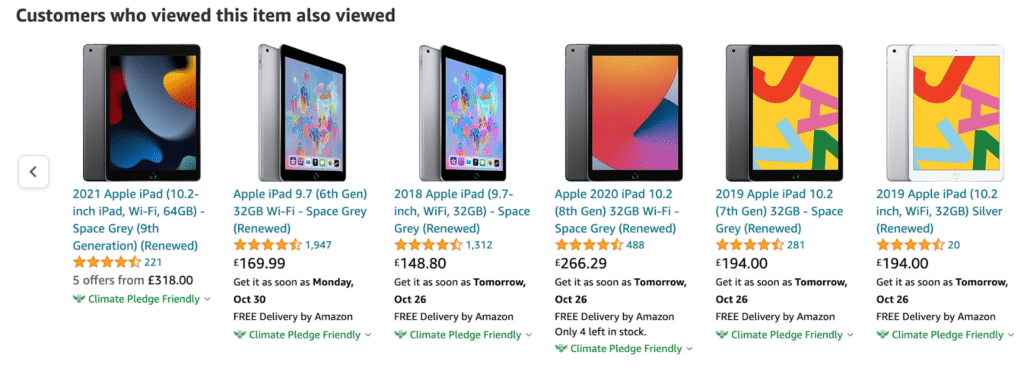Upselling and cross-selling are two popular product recommendation strategies in eCommerce.
Upselling
Upselling is the process of encouraging customers to purchase higher or superior versions of the product they’re looking for. It involves explaining the benefits of the higher priced products and convincing them how it can benefit their needs. The goal of upselling is to increase the average order value in your store.
For example: Recommend a higher storage version of a smartphone to users.

Cross-selling
Cross-selling is the process of recommending related products to customers with the product they are interested in. The goal of cross-selling is to encourage additional items that can improve the user experience of the product they intend to buy.
For example: Recommend mobile phone cases, wall adapters, and headphones to users who are purchasing a smartphone.

Even though both upselling and cross-selling are aimed at increasing the revenue and average order value in eCommerce, they focus on different approaches. Upselling encourages customers to spend more to purchase a superior version of the same products, whereas cross-selling encourages customers to purchase additional products.